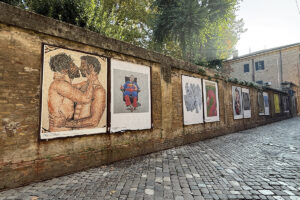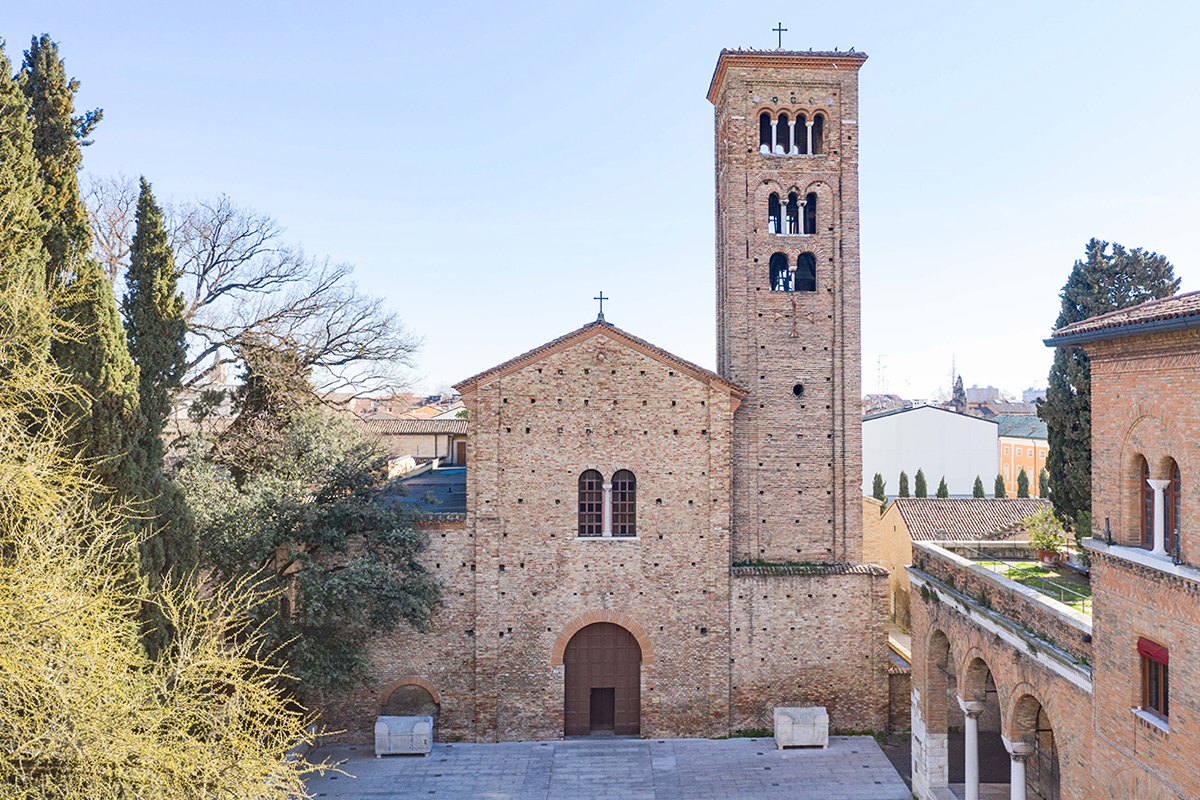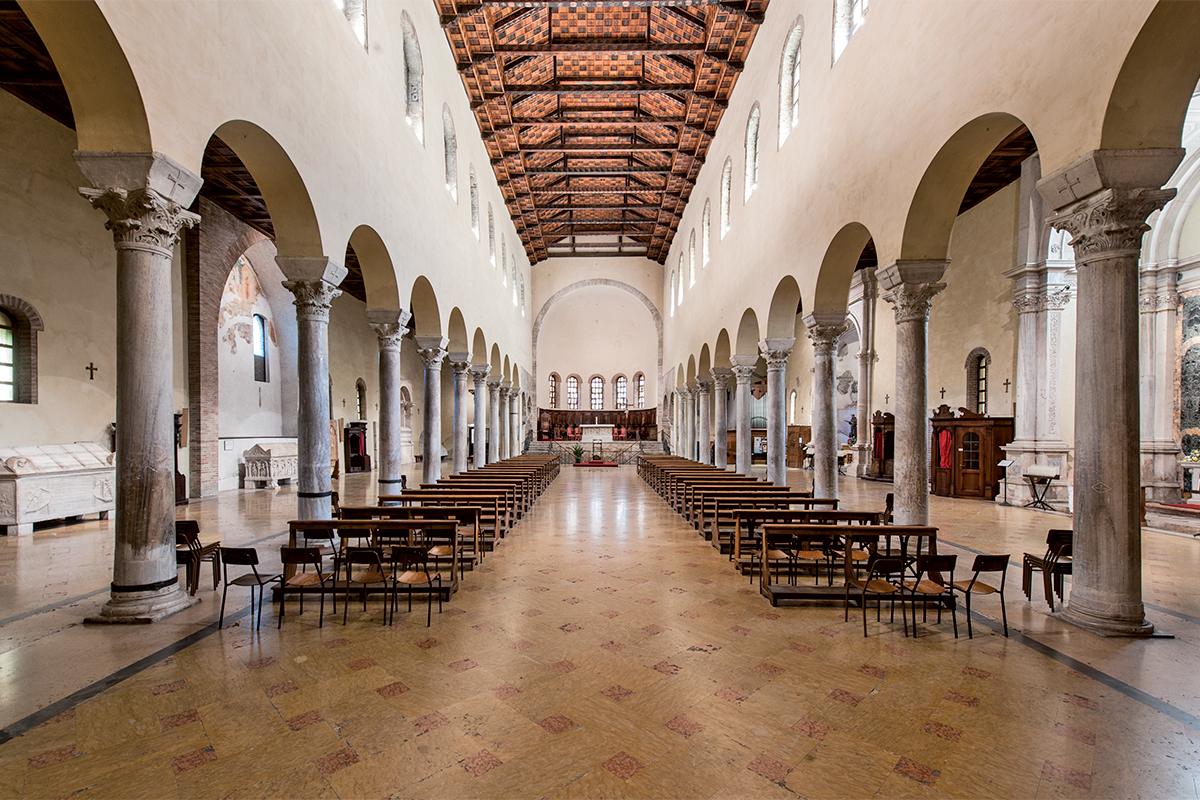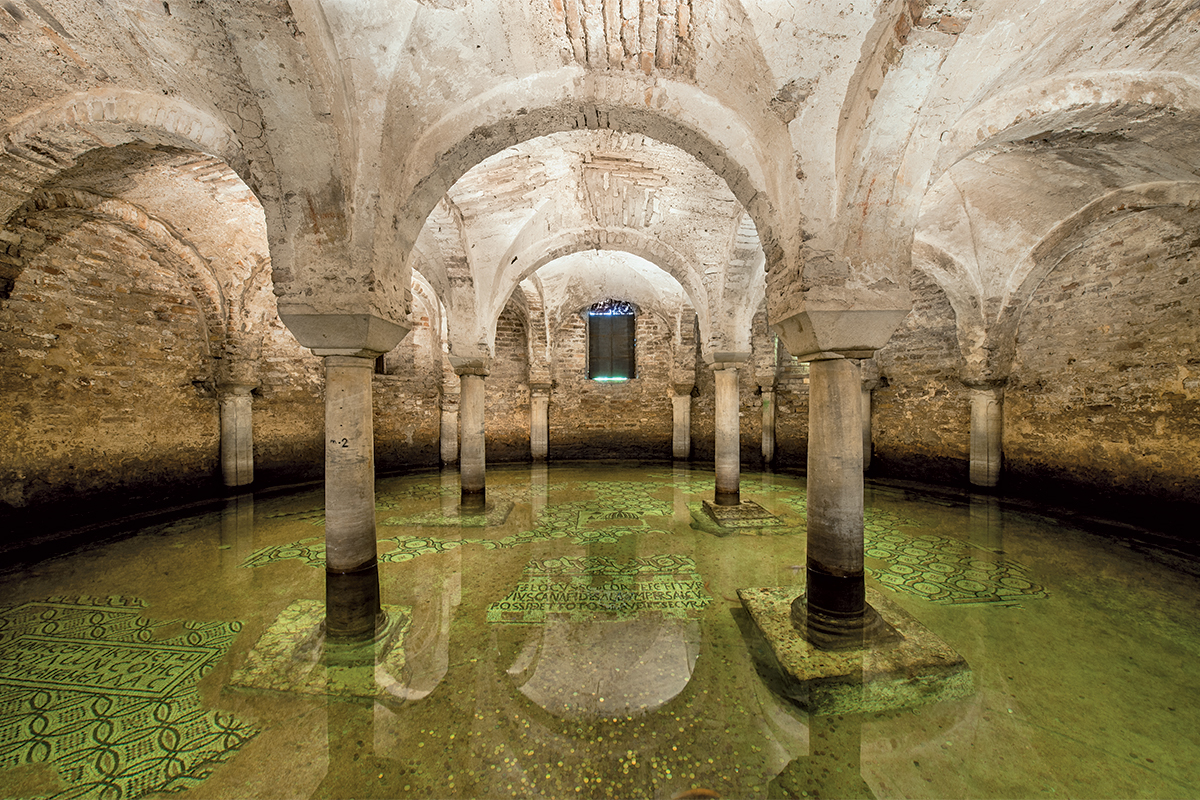Right in the heart of the Zone of Silence and just behind Dante’s tomb, stands one of the most wonderful basilicas in Ravenna, at least according to its citizens.
Built in Romanesque style, during the Middle Ages the BASILICA OF SAN FRANCESCO was the Da Polenta’s family – lords of the city hosting Dante Alighieri – favourite one.
Probably, this church was the most frequently visited one by the Poet, and it also hosted his solemn funerals on September 13th, 1321. The remains of the Supreme Poet were temporarily buried in this church, inside a beautiful 5th-century sarcophagus located in the da Polenta family chapel along the left-hand nave.
History of a basilica
The Basilica of San Francesco was originally consecrated to the Holy Apostles and then to Saint Peter, and dates back to the middle of the 5th century AD.
However, little or nothing remains of the old church, which was repeatedly restored over the centuries. In particular, from 1261 to 1810, and again between 1949 and today, the Franciscans chose it as their seat with the current name of St Francis.
During the restoration works in 1921 – concomitantly with the 6th centenary of Dante’s death – a lot of changes were carried out, and the Baroque superstructures were removed, giving back to the church its austere linearity, characteristic of the 14th century and more in keeping with the sensibilities of the Franciscan order.
The interior of the church
The structure of the basilica is characterised by three naves, separated by two rows of 12 columns each. On the outside, a solid square bell tower dating back to the 9th century enriches the facade, giving it an even more special charm.
Of particular beauty is the semicircular apse on the inside, and heptagonal on the outside, which due to subsidence appears to be 3,5 metres lower than the most recent floor.
Thorugh a window located under the main altar – consisting of a sarcophagus of the 5th century – , it is possible to see a 10th-century crypt. With the little columns sustaining it, the oratory-shaped room was destined to host bishop Neon’s spoils, the founder of the church.
Today, the pavement is completely flooded, but it is possible to admire the mosaics from the original church under the water.
Along the right nave, the basilica also hosts three beautiful chapels dating back to the middle of the 16th century: the first by the sculptor Tullio Lombardo, which also housed the statue of Guidarello now on display at the MAR – Ravenna Art Museum; the central chapel is dedicated to St. Anthony and the third one to St. Rocco, with a dome frescoed by Andrea Barbiani (1755) and a painting on canvas by Gaspare Sacchi (1517-1536).









